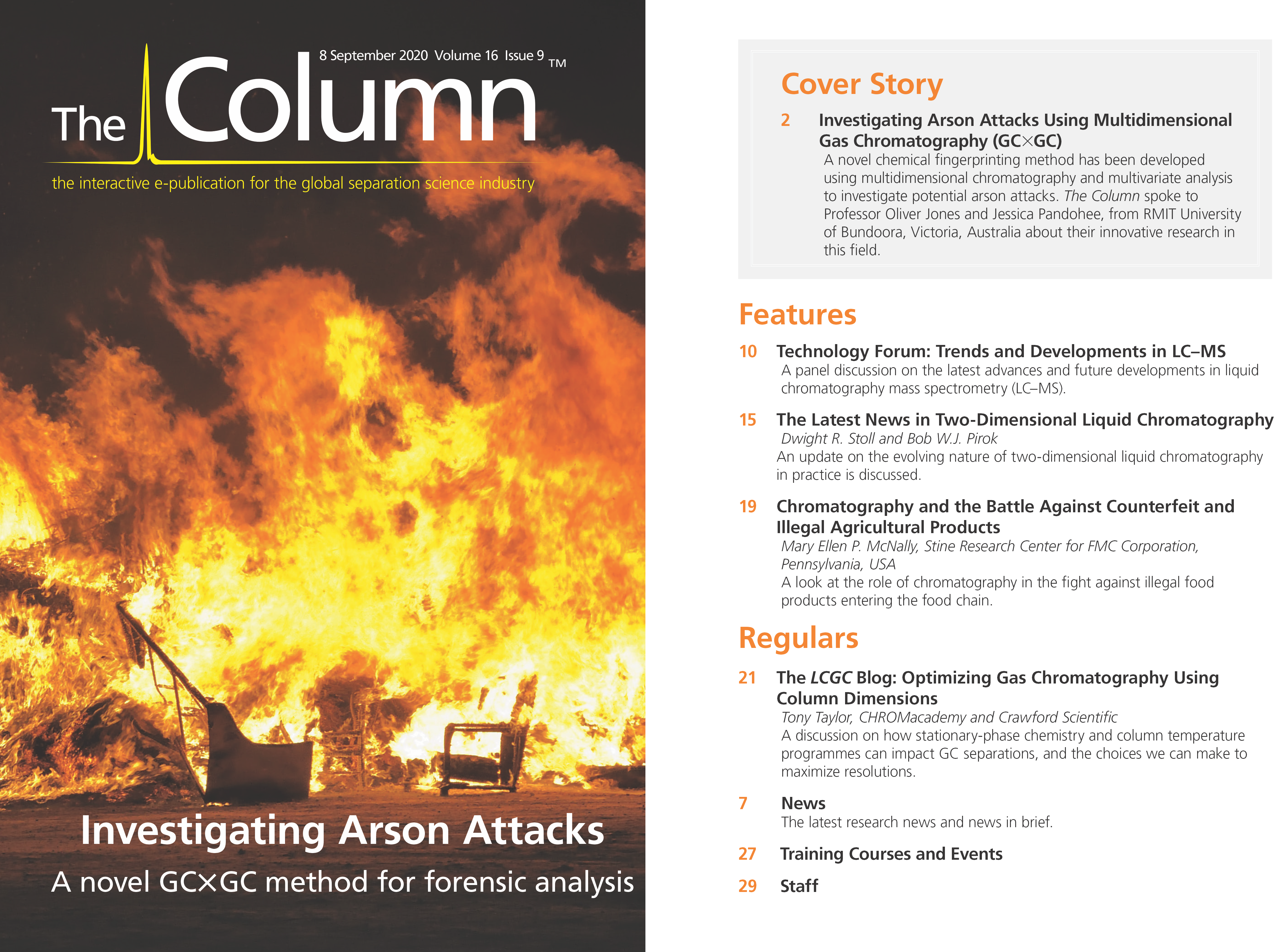Shimadzu Open Sixth Year of Lab4you Programme
Shimadzu have announced their lab4you student programme will run for the sixth year with young scientists from across Europe able to apply for laboratory bench space for their own research at the “Shimadzu World Laboratory” located in Duisburg, Germany.
The laboratory includes a wide range of new and well serviced analytical instrumentation including HPLC/UHPLC, SFC, gas chromatography (GC), mass spectrometry (MS), and a wide range of spectroscopy equipment. “Our lab4you programme supports young scientists pursuing their creative research approaches and generates results...the lab space provided by us contributes to their innovations”, said Björn-Thoralf Erxleben, Manager of the European Innovation Center.
Interested students can apply by submitting a short abstract of their research via www.shimadzu.eu/lab4you until October 31, 2020. The successful applicant will be selected by an expert jury at Shimadzu Europa GmbH. Laboratory space will be available for the duration of the research project. Requirements for participation are an undergraduate degree in science, an inspiring topic of research, and experience in the chosen technology.

Understanding FDA Recommendations for N-Nitrosamine Impurity Levels
April 17th 2025We spoke with Josh Hoerner, general manager of Purisys, which specializes in a small volume custom synthesis and specialized controlled substance manufacturing, to gain his perspective on FDA’s recommendations for acceptable intake limits for N-nitrosamine impurities.











